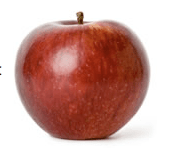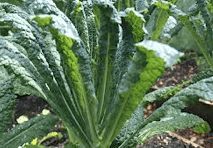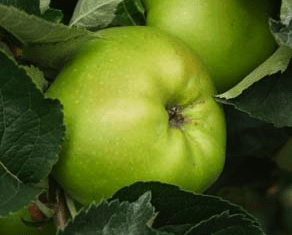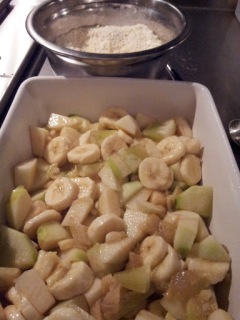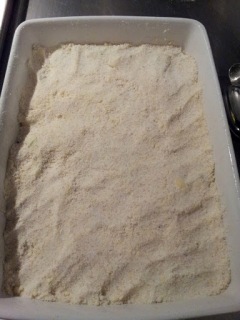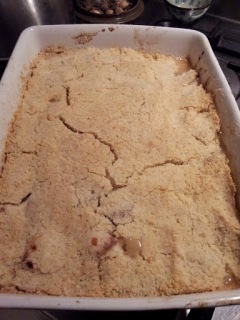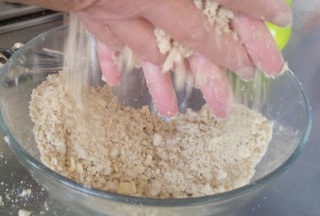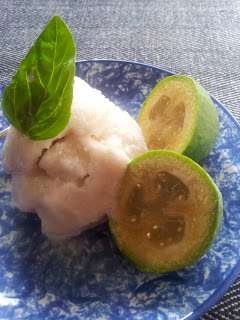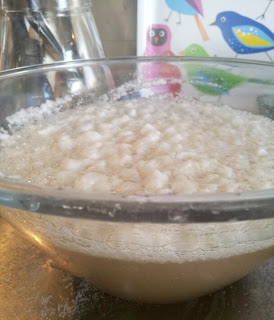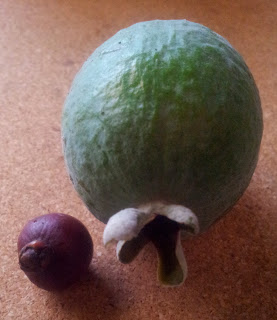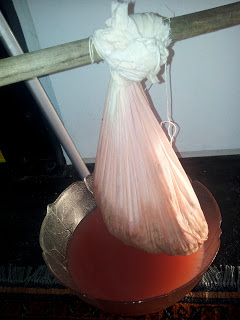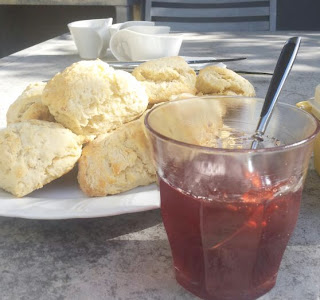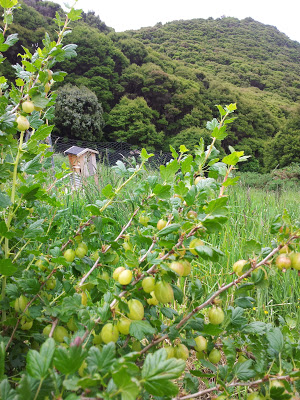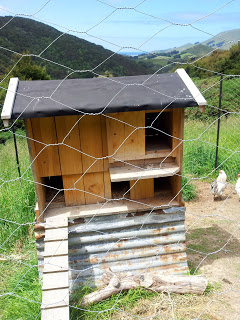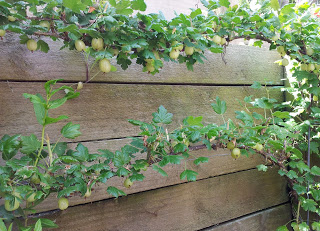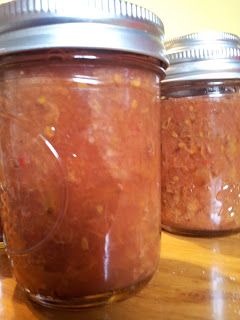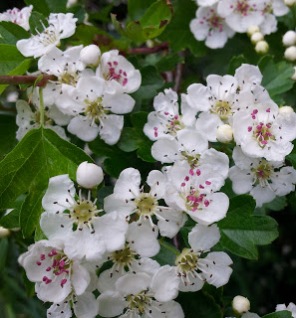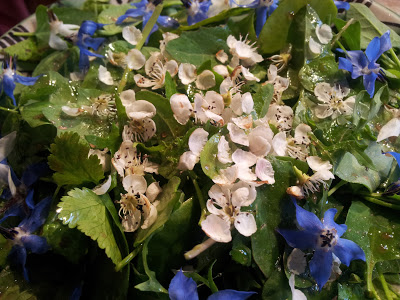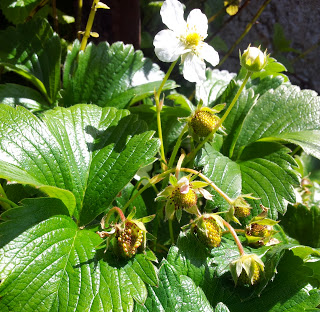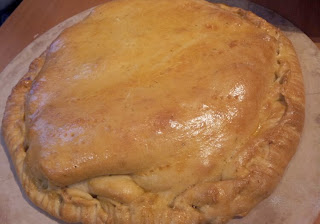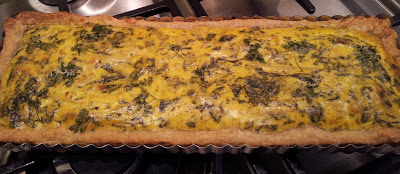“An apple a day keeps the doctor away”. Believe it or not the Welsh first came up with this well known saying in 1866. I’ve decided to check this saying out…is it true?
If apples are so good for you then why not enjoy a terrifically good apple pudding too?
” Pudding is important for our wellbeing, our soul. You see, pudding is not a treat but a necessity. It is there to heal and comfort, to cosset and hug. Pudding is not food, it is medicine”.
 |
| Beau loves apples and dinosaurs. These Pigeonette apples are from Auckland’s Parnell French Market where I have found several unusual apple varieties. |
Pigeonette apples originated in France in 1755 and are delicious. They have dense flesh and are not quite as sharp as a Granny Smith. The Pigeonette is a little more like the Sturmer Pippin. Beau our “apple eater” certainly approves of them. I used these apples to make a delicious pudding.
Eve’s Pudding
Eve’s Pudding comes from England, the land of comforting puddings. It’s so called because it’s a pudding that Eve would find difficult to resist. It’s a perfect marriage between a Victoria sponge and lots of apple. The cake mix and the apple cook together – no pre-cooking of the apple is required.
 |
| In this version of an Eve’s Pudding I decided not to peel the apples. |
I hear Beau call, “Can I help?” He loves to pull a chair up to help with the cooking.
 |
| Beau is squeezing lemon juice into the bowl of water to stop the apples turning brown while we prepare the cake |
It’s not a difficult pudding to make but it does help and save you time if you have a cake mixer.
First of all slice up the apples – here I peeled them (for a reason you will see later). Also try the recipe not peeling the apples. Like many fruits and vegetables the skin contains the most goodness, but you have to make sure the apples are not waxed. Definitely peel them if they are.
For a big family sized Eve’s Pudding to serve around 8 you will need 6-8 apples and will need to double the cake recipe below. You can create an apple mix using different varieties. I usually chop up enough apples to half fill the baking dish and this recipe will use 3-4 apples, all depends on the size of apples.
 |
| Beau hates the noise our old Kenwood makes while creaming the butter and sugar so sensibly insists on wearing earmuffs. |
For the cake topping:
100g of butter
100g of caster sugar
100g of self raising flour
2 large eggs
1 tsp Vanilla essence
The secret to a good sponge cake is to beat the butter and sugar until pale and fluffy. You can do this by hand but a cake mixer makes the job a whole lot easier.
 |
| You want to make sure all the sugar has been dissolved into the butter – this whipping gives the cake air |
Next add the eggs one at a time, beating after each addition. If it looks like the mix will curdle don’t worry once you add the flour it will even out. You can also add a tbsp of flour after each egg and this often stops the curdling, as does using eggs at room temperature. Once you have beaten in the eggs, add the sifted flour. Fold in until the flour is just mixed. Don’t stir if you want to keep the cake light.
 |
| I thought I may have chosen too large a dish as the mix didn’t completely cover the apples – but as it rises, it covers the fruit. |
Now spread out the apples in your chosen baking dish. If using cooking apples, you could sprinkle a couple of tbsp of brown sugar and about 1/4 cup of water over the fruit . I decided to use a cup of apple stock (mentioned below) instead to ensure the apples would remain juicy. If you think the mix is a little too thick to spread then add 1 spoon of boiling water and fold through the cake mix- this will soften the mix and allow it to spread more easily.
Cook in an oven for 25-35 minutes at 180C.
Dust with icing sugar and serve with cream or ice cream.
Apple Stock
 |
| For this stock I also added a little lemon peel and a couple of tablespoons of sugar |
 |
| This apple stock has been coloured pink by the addition of a cinnamon stick I was cooking with blackcurrants |
 |
| Peter has made eating an apple fun by making a flotilla of apple boats – Beau thinks it’s good fun eating up the boats. |
Beau isn’t too keen on Eve’s pudding. He prefers his apples raw. I am really pleased because that way, he receives maximum goodness from the apple.
Twelve good reasons to eat an apple a day:
2. A nutrient in apples called boron can promote bone strength and brain health.
3. You must chew an apple and since chewing takes time, your body can register that is it full, without the need to fill up on empty calories. It’s natural sweeteners enter the bloodstream gradually, ensuring your blood sugar and insulin levels remain constant and steady. You feel full for longer.
4. Apples enhance memory and keep your brain sharp by boosting levels of acetylcholine, a chemical that transmits messages between nerve cells. An animal study conducted at University of Massachusetts at Lowell, suggests an apple a day can lessen the odds of being stricken with Alzheimer’s disease
5. Children whose mothers consumed an apple or more a day while pregnant were less likely to develop asthma or wheeze by the age of five years according to a study conducted in the UK
6. Steamed apples sweetened with honey are beneficial for a dry cough and may help to remove mucous from the lungs
7. The flavonoid quercetin present in apples has the potential to prevent many different types of cancer, ranging from breast cancer to lung cancer
8. Because of their high water content, apples are cooling and moistening and aid in reducing fever. Simply grate them and serve them to feverish patients.
9. Easy on the digestion, apples contain malic and tartaric acids that inhibit fermentation in the intestines.
10. Malic acid (the acid that makes an apple tart or sour) will cleanse the mouth of bacteria and the mouthwash and toothpaste industry use this acid in their products for that very reason.
12. The vitamin C in apples assists in protecting the immune system, and make your body more resistant to a variety of diseases. It’s also effective in preventing skin wrinkling…now that’s an incentive!
 |
| Marilyn and the Cox’s Orange . The Cox’s Orange is both tart and sweet and an old fashioned favourite. Using the skin to make stock gave me a beautiful pale pink liquid. |
To find out what else you can do with apples revisit my posting “Southern Apple Meets Northland Quince”.


